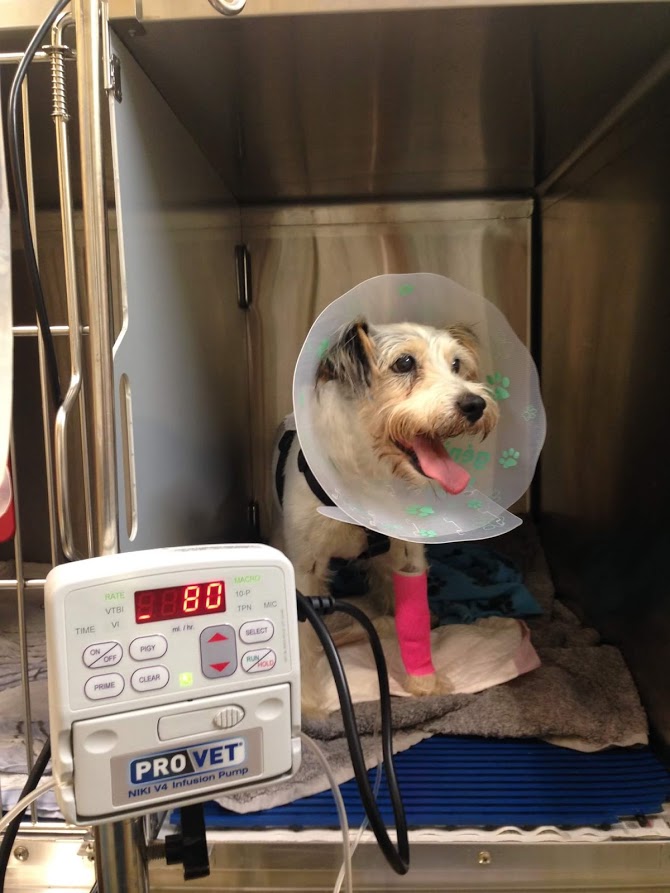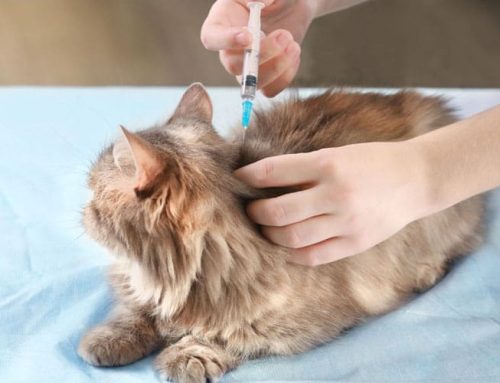How To Tell If Your Pet Is In Pain
No one likes seeing their pet in pain, but how can we be sure that pain is the problem?
Sometimes signs are very obvious – your dog is lame, your horse is colicking, or your cat is snarling at you when you touch their coat.
Other times, an animal may be ‘not quite right’, the signs are subtle and you aren’t too sure what the problem is.
In this article, we are going to show you how you can identify when your pet is behaving weirdly due to being sore, painful, or just unwell.
Let’s get right to it.
What Is Normal Behaviour?
To be able to recognise if our animals are painful, we need to understand what normal behaviour looks like.
The easiest way to do this is to practice observing your animals, look at the way they act, the way they sleep, walk, run and interact with other animals and people.
Take note of everything, even video them so you have a reference.
If and when a change occurs, then it is possible that your pet might be in pain and you can take further steps.
Examples of normal behaviour:
- Behaviour: asleep, eating with normal appetite and energy, running around, interested in surroundings.
- Vocalisation: quiet
The next important step is to learn how to perform a basic clinical exam.
A clinical exam that you can perform at home includes checking the heart rate, respiratory rate, gum colour and taking the temperature.
When you can recognise the normal values for these, then any abnormality means you need to contact a vet.
How To Perform A TPR (Clinical Exam)
icious that there is a problem, the next important step is to learn how to perform a basic clinical exam.
A clinical exam that you can perform at home includes checking the heart rate, respiratory rate, gum colour and taking the temperature.
When you can recognise the normal values for these, then any abnormality you note means you need to contact a vet.
Heart Rate:
To check the heart rate of your dog or cat, put your hand on the inside of the rear leg at mid-thigh.
You should feel the femoral artery pulsing near the surface.
It’s easiest to find when your pet is standing or lying on its side.
Count the number of beats you feel during a 15-second period and multiply by four to get the beats per minute.
Small dogs and cats have a heart rate much higher than large dogs and cats. (cat: 180-200bpm, dog: 60-180bpm, horse: 36-50bpm).
Most animals experiencing mild pain have a normal heart rate, however, severe pain can elevate this beyond 15% of normal.
Respiration:
Count the rate at night when sleeping or when they are lying down and relaxed to get the normal rate of around 10-30bpm.
A rate greater than 15% higher may indicate a problem.
Gum Colour:
Lift the lips to expose the gums.
Healthy gums should be a nice pale pink, similar to your own gum colour.
Blue, deep red, dark pink, white or pale gums indicate a severe problem.
The gums should be moist.
Temperature
The normal temperature for dogs, cats, and horses is between 37.5C to 38.5C.
Signs Of Mild To Moderate Pain
Some signs that your animal might be in mild to moderate pain or discomfort:
- Comfort: restless, depressed, no interest in activities. May take themselves to somewhere ‘private’, reluctant to follow, head down. Sad.
- Vocalisation: may whimper or cry.
- Heart Rate: Often a good 16 to 45 beats faster than usual
- Respiratory Rate: 16 to 45 breathes faster than usual.
Signs Of Severe Pain
Signs that your pet or horse might be in severe pain or discomfort:
- Comfort: Very agitated, thrashing/rolling. Holding a limb elevated. Head pressing. Very, very still. Bracing. Biting.
- Vocalisation: continuous crying.
- Heart Rate: more than 45% above normal
- Respiratory Rate: More than 45% above normal. Short, shallow breaths.
Other signs that indicate that your pet may be in pain include:
- Not eating: anorexia
- Self-mutilation
- Hiding, pacing,
- Change in routine ie. reluctant to get out of bed in the morning or when called to go for a walk.
- Aggression.
Treating A Painful Pet
If you suspect your pet is in pain, please consult a veterinarian.
Many medications that humans use to treat pain in themselves are very dangerous for your pet and can result in serious health issues.
Rather than asking in forums or searching dr google for ‘what can I give my dog in pain’ or ‘what can I give my cat in pain’, contact our vets who can advise what to give your animal.
Here at Your Vet Online we can also provide a one on one consult and determine your animal’s cause of pain and help you to provide treatment at home or advise if in-clinic care is required.
Like you, we don’t want to see your animals suffer.
Get in touch with us if you are worried about your pet or horse here.






Leave A Comment